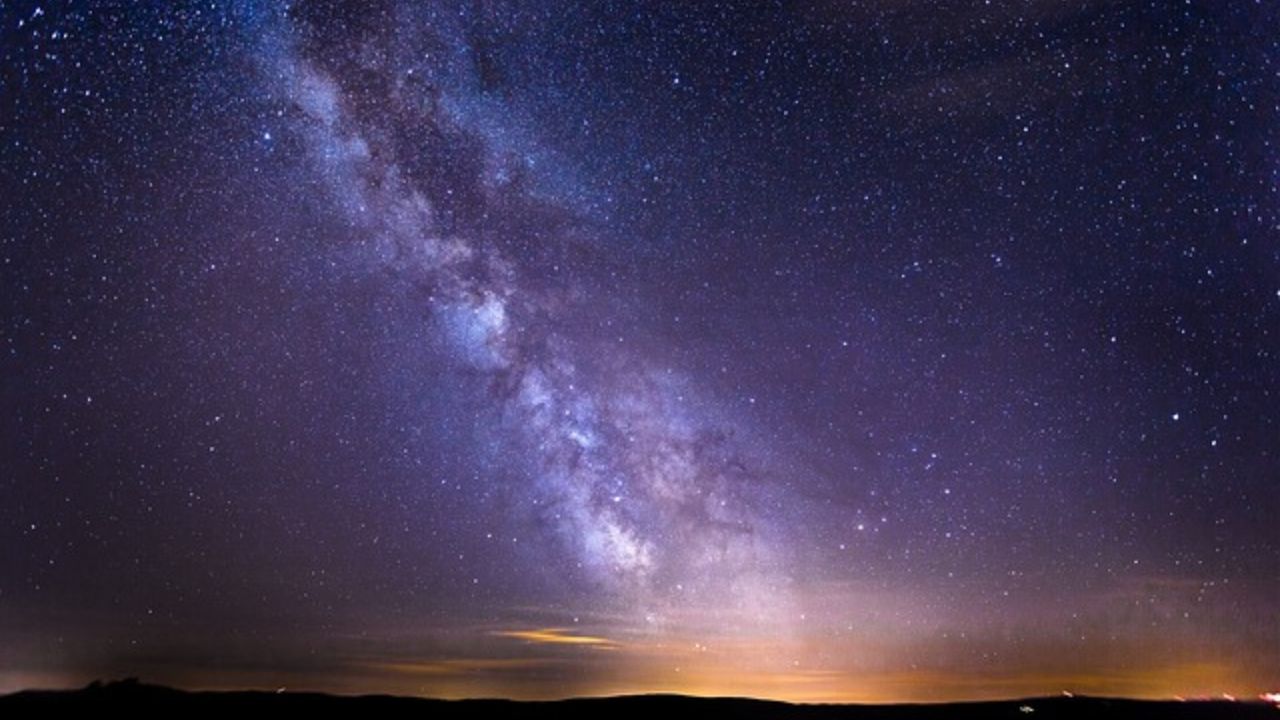As we embrace the new year, the night sky in January promises a celestial showcase featuring two meteor showers, multiple planet sightings, and captivating astronomical events. Despite being considered a milder month for stargazing, the cosmic wonders awaiting observers are sure to make it worthwhile.
- Quadrantids Meteor Shower Peak (Jan. 4):
- The Quadrantids meteor shower, illuminating the sky from Dec. 26 to Jan. 16, reaches its peak on Jan. 4 at around 4 a.m. ET. Spectators in the northern hemisphere can anticipate an impressive display of 50 to 100 meteors per hour in the pre-dawn hours.
- Moon Meets Venus, Mercury, and Mars (Jan. 9):
- The southeastern sky on Jan. 9 will host a celestial gathering featuring Mars, the crescent moon, Mercury, and Venus. Venus, the brightest planet, will shine at the top, with Mercury below left, the moon below right, and Mars gracing the horizon.
- Mercury Reaches Greatest Western Elongation (Jan. 12):
- On Jan. 12, witness one of the best Mercury sightings of the year as it reaches its widest angle west of the sun. Spot Mercury low in the southeastern sky, approximately 1.2 fist diameters down and left from the brilliant Venus.
- Jupiter Nears the Moon (Jan. 18):
- During the evenings of Jan. 17-18, observe the first quarter moon approaching Jupiter in the southwest sky. The Pleiades star cluster will add to the celestial spectacle, with aqua-tinted Uranus visible between the moon and Pleiades.
- γ-Ursae Minorid Meteor Shower Peak (Jan. 19):
- While less active than the Quadrantids, the γ-Ursae Minorid meteor shower peaks around 5 p.m. ET on Jan. 19. Look towards the Ursa Minor constellation to witness up to three meteors per hour. For optimal viewing, seek dark skies with minimal light pollution.
- Full Wolf Moon (Jan. 25):
- The first full moon of the year, known as the Full Wolf Moon, will reach peak illumination at 12:54 p.m. ET on Jan. 25. Rising above the northeastern horizon around sunset, this moon derives its name from the belief that hungry wolves are more likely to howl during this winter moon.
Amidst these cosmic delights, January also marks the beginning of the solar maximum, offering increased opportunities to witness the mesmerizing northern lights. Embrace the beauty of the night sky and make the most of these celestial wonders throughout the month.








